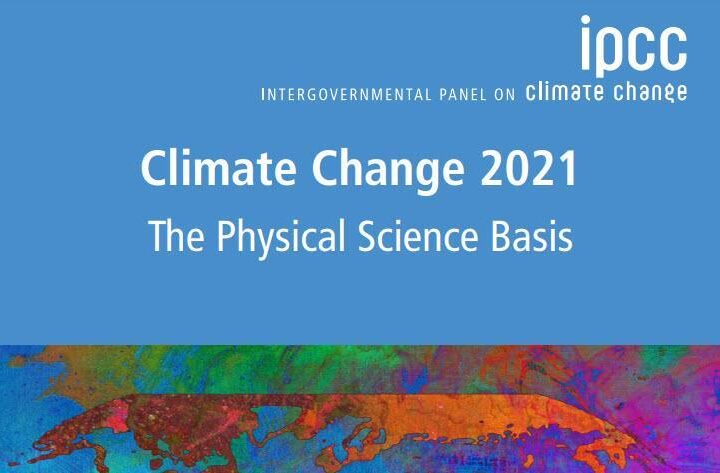The IPCC (Intergovernmental Panel on Climate Change) prepares comprehensive reports regarding the state of scientific, technical and socio-economic knowledge on climate change, its impacts and future risks with options for reducing the rate at which climate change is taking place. The most recent report was finalized on the 6th of August. This is what it told us.
- Human activity has warmed the climate system. There is no room for debate here — this is an unequivocal fact. We have already caused approximately 1°C of warming since the industrial revolution, possibly as much as 1.2°C.
- The choices we make this decade will determine our future. If we continue business as usual, warming is likely to reach 1.5°C between 2030 and 2052. However, if we reach net zero global emissions by 2055, we can still avoid this (though an earlier net zero target would be preferable). In order to do this, we must halve current emissions by 2030.
- While it will worsen over time, climate change is no longer just a future threat. Human-induced climate change is already having impacts across the globe. Multiple lines of evidence show that recent large-scale climatic changes such as increased flooding and droughts were unprecedented, and we know that extreme weather events (such as the recent hurricanes in the Atlantic) are devastating lives now!
- The rates of sea-level rise and ice loss have accelerated, and will continue to do so. The Arctic is likely to be practically sea-ice-free in September at least once before 2050, and sea level rise will continue until at least the year 2100; even if we manage to restrict warming to 1.5 degrees.
- Nonetheless, limiting warming to 1.5 degrees is essential in order to protect our planet. It will more than halve the number of species going extinct due to the climate crisis. It will also protect up to several hundred million people from climate-related poverty and prevent the irreversible loss of all coral reefs.
- People are being impacted by the changing climate disproportionately. Varying regions are facing different combinations of climatic impact drivers, including risks in the energy, food, and water sectors. Despite being the group least responsible for the climate crisis, MAPA (Most Affected People and Areas, which includes those living in the Global South and BIPoC people living in the Global North) are most severely impacted by it. They will be the most impacted by multiple overlapping risks, as well as being less able to adapt to them.
- We can’t rule out ‘low likelihood outcomes’ which could make the situation worse. Ice sheet collapse, abrupt ocean circulation changes, compound extreme events and substantially higher levels of warming are still part of the risk assessment.
- Despite all of the harrowing results, adapting to the changed climate is still possible, especially if we limit warming to 1.5 degrees. Ecosystem restoration, biodiversity management, sustainable aquaculture, local and indigenous knowledge, social safety nets, community-based adaptation, green infrastructure, sustainable land use and planning, and sustainable water management can all help society survive.
- Methane, not just carbon dioxide, emissions need strong, rapid and sustained reductions. About 35% of methane, black carbon, and nitrous oxide emissions need to be cut by the time we reach CO2 net zero. This has the added co-benefit of reducing air pollution!
- We will ultimately need to reach net negative emissions for all greenhouse gases. This will require carbon removal, which includes both natural processes such as planting trees and new technology such as direct air capture. Because of this, we cannot rely on carbon removal to reach net zero!
- All models which show us keeping below 1.5 degrees require dramatic system change. Renewable energy must make up at least 70–85% of global electricity, and unprecedentedly massive changes must be made to land use and infrastructure. Energy-related costs alone will be around 830 billion USD, but how much higher are the costs of allowing the climate to change?
- Despite all this, limiting warming to the Paris Agreement’s 1.5 degrees is still very possible. This report is no excuse to give up; rather, it is a reason to act. There is hope, but as Mikaela Laoch, a UK climate activist, explained on the Yikes podcast:
Sources
- https://www.greenpeace.org/static/planet4-international-stateless/2021/08/6e4e5e21-greenpeace-briefing_ipcc-wg1-key-takeaways_090821.pdf
- https://www.instagram.com/p/CShWIZMlTYf/
- https://www.ipcc.ch/2021/06/29/wg1-ar6-release-date-and-approval-session-details/
- https://open.spotify.com/show/5rt2DC1hDOsMgW3P2Uxdan?si=c7b7625899ac40e5

